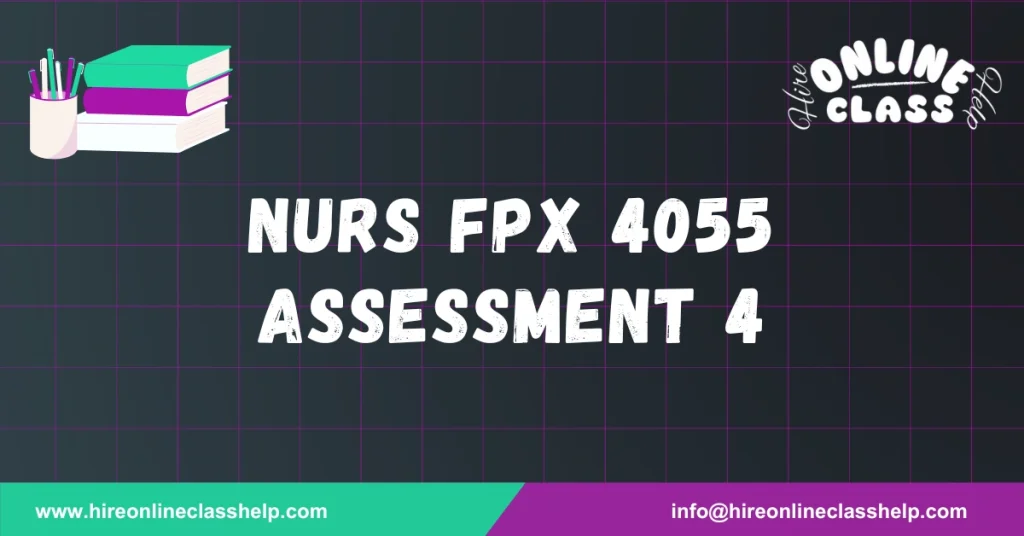






Name
Capella University
NURS-FPX4055 Optimizing Population Health through Community Practice
Prof. Name
Date
Good morning, and thank you all for attending this important health promotion session. Today’s presentation addresses the prevention of Human Papillomavirus (HPV) infections among adolescents and young adults aged 11 to 26, specifically in Schwenksville, Pennsylvania. We aim to educate our audience about HPV, its connection to various cancers, and the importance of timely immunization. Additionally, we will discuss effective strategies for initiating conversations with healthcare providers and family members regarding HPV vaccination. Our guidance is grounded in SMART goals agreed upon with participants and aligns with the Healthy People 2030 objectives.
The session roadmap includes presenting key facts about HPV and how it spreads, emphasizing the vaccine’s role in cancer prevention, and engaging participants through interactive discussions and evaluations. The presentation also seeks to empower attendees to schedule the HPV vaccine and confidently communicate about its benefits.
Key facts highlight that HPV is highly prevalent and primarily transmitted through skin-to-skin sexual contact. In Pennsylvania, only 68.7% of adolescents are fully vaccinated against HPV, and rural communities like Schwenksville report even lower rates (48.7%) alongside higher cancer-related mortality (PA.gov, 2025). HPV is known to cause various cancers, including cervical, anal, throat, and genital cancers, primarily due to persistent infections with high-risk strains like HPV 16 and 18 (Huber et al., 2021). Vaccination and regular screenings remain critical in addressing these health risks effectively.
The benefits of HPV vaccination are substantial when administered at the appropriate age—ideally 11 or 12—before exposure to the virus. Timely immunization boosts long-term protection, offering the best immune response during pre-adolescence (Hoes et al., 2021). Early vaccination prevents HPV-related diseases and substantially reduces the risk of cervical cancer, the second most common cancer among women globally (Huber et al., 2021).
The HPV vaccine also plays a crucial role in reducing the incidence of anal, penile, and oropharyngeal cancers in both males and females (Cheng et al., 2020). Moreover, it prevents genital warts and contributes to community immunity by decreasing the overall circulation of the virus (Xu et al., 2024). Effective communication is essential to promote vaccine uptake. Strategies include presenting evidence-based facts from sources like the CDC and WHO, asking informed questions during discussions with healthcare providers, and debunking common myths such as the belief that vaccination encourages early sexual behavior (Kassymbekova et al., 2023).
The SMART goals developed for this session were: (1) ensuring that at least 90% of participants can identify three key facts about HPV and its link to cancer; (2) encouraging 80% to commit to scheduling their first dose within 30 days; and (3) enabling 85% to feel more confident discussing HPV vaccination. These goals guide our educational strategies and measure progress toward better health advocacy in the community.
Session outcomes indicate positive progress. About 92.5% of participants correctly identified at least three key facts about HPV and its connection to cancer, achieving the first SMART goal. While 75% committed to scheduling their first HPV vaccine dose within 30 days—slightly under our target of 80%—it still signifies a substantial engagement level. The third SMART goal was met, as 85% reported improved confidence in communicating about HPV vaccination. However, teenagers were notably more hesitant and requested time to consult with family members, and some participants struggled with addressing myths independently.
Recommendations for future sessions include integrating family discussions during the session, providing more role-play opportunities, and potentially extending the session or conducting a follow-up. These adaptations will help meet participant needs and improve outcomes. Additionally, the session supports Healthy People 2030 goals, especially in raising HPV vaccine coverage among adolescents and reducing HPV-related cancers (U.S. Department of Health and Human Services, n.d.). However, the shortfall in vaccine commitment indicates the need for enhanced myth-busting education and deeper engagement.
The session affirms the importance of early and informed vaccination, especially in underserved rural areas. With more inclusive and supportive approaches, future sessions can foster stronger community trust, higher vaccine uptake, and greater alignment with national health promotion goals.
| Section | Description | SMART Goal Alignment |
|---|---|---|
| HPV Information | HPV spreads through skin-to-skin contact and is a leading cause of various cancers. Rural vaccination rates remain low in Schwenksville. | Goal 1: 92.5% of participants identified at least 3 key HPV facts. |
| Vaccine Benefits | Early vaccination (ages 11–12) enhances immune response, prevents multiple cancer types and genital warts, and improves community immunity. | Goal 2: 75% committed to vaccination within 30 days, slightly under 80% target. |
| Communication Strategies | Encouraged fact-based dialogue, asking questions, and myth-busting to increase comfort in discussing HPV vaccination. | Goal 3: 85% gained confidence in discussing HPV vaccination with providers and family members. |
| Session Improvement Suggestions | Include structured role-play, family involvement during the session, and follow-ups to improve vaccine commitment and knowledge retention. | Helps address gaps in achieving all SMART goals and better align with Healthy People 2030 targets. |
| Healthy People 2030 Evaluation | Most goals supported (awareness and confidence); vaccine uptake slightly lagging; continued efforts needed to bridge safety and misinformation gaps. | Aligns with national objectives of raising adolescent HPV vaccination rates and preventing related cancers. |
Cheng, L., Wang, Y., & Du, J. (2020). Human papillomavirus vaccines: An updated review. Vaccines, 8(3), 391. https://doi.org/10.3390/vaccines8030391
Hoes, J., Pasmans, H., Schurink-van ’t Klooster, T. M., van der Klis, F. R. M., Donken, R., Berkhof, J., & de Melker, H. E. (2021). Review of long-term immunogenicity following HPV vaccination: Gaps in current knowledge. Human Vaccines & Immunotherapeutics, 18(1). https://doi.org/10.1080/21645515.2021.1908059
Huber, J., Mueller, A., Sailer, M., & Regidor, P.-A. (2021). Human papillomavirus persistence or clearance after infection in reproductive age. What is the status? Review of the literature and new data of a vaginal gel containing silicate dioxide, citric acid, and selenite. Women’s Health, 17, 174550652110207. https://doi.org/10.1177/17455065211020702
Kassymbekova, F., Zhetpisbayeva, I., Tcoy, E., Dyussenov, R., Davletov, K., Rommel, A., & Glushkova, N. (2023). Exploring HPV vaccine knowledge, attitudes, barriers and information sources among parents, health professionals and teachers in Kazakhstan: A mixed-methods study protocol. BMJ Open, 13(9), e074097. https://doi.org/10.1136/bmjopen-2023-074097
PA.gov. (2025). Dear VFC provider. https://www.pa.gov/content/dam/copapwp-pagov/en/health/documents/topics/documents/programs/immunizations/3.3.25%20-%202025%20HPV%20Call-to-Action%20Letter%20and%20Resources.pdf
U.S. Department of Health and Human Services. (n.d.). Vaccination – Healthy People 2030. Health.gov. https://odphp.health.gov/healthypeople/objectives-and-data/browse-objectives/vaccination
Xu, M., Choi, J., Capasso, A., & DiClemente, R. (2024). Improving HPV vaccination uptake among adolescents in low-resource settings: Sociocultural and socioeconomic barriers and facilitators. Adolescent Health Medicine and Therapeutics, 15, 73–82. https://doi.org/10.2147/ahmt.s394119